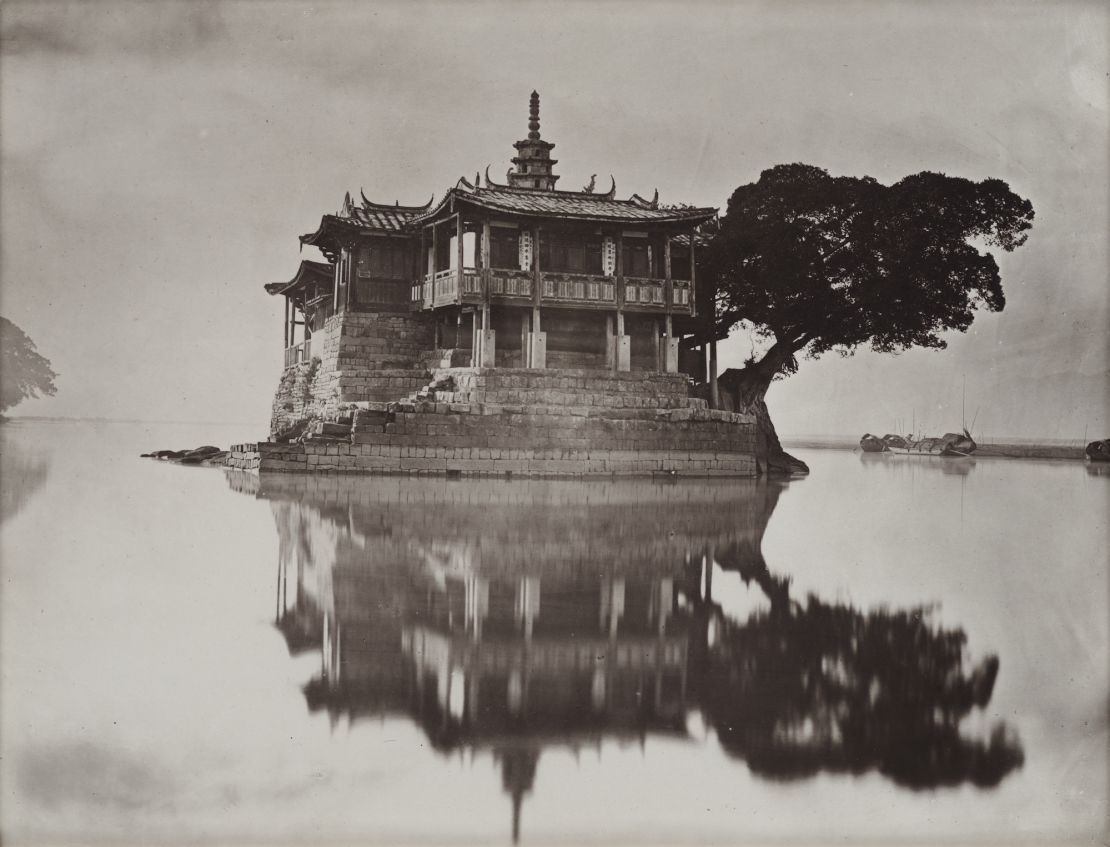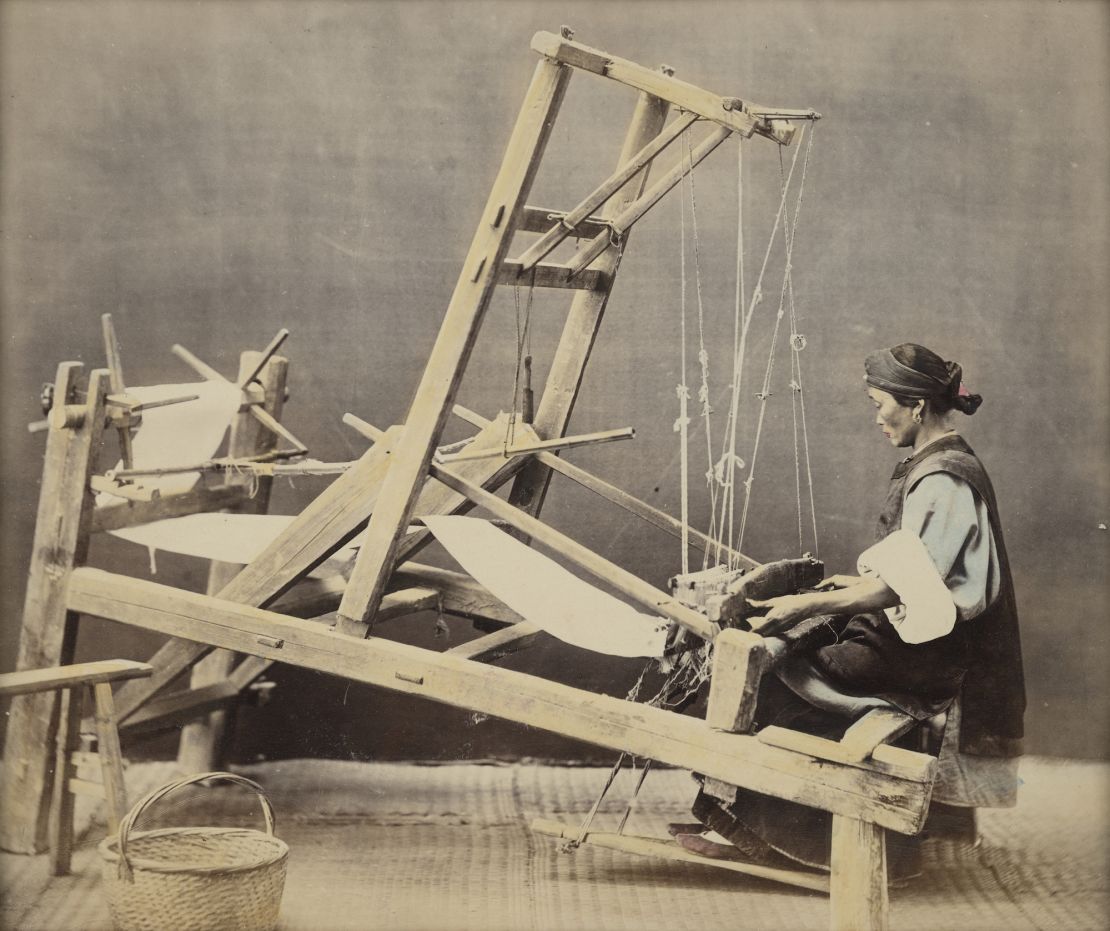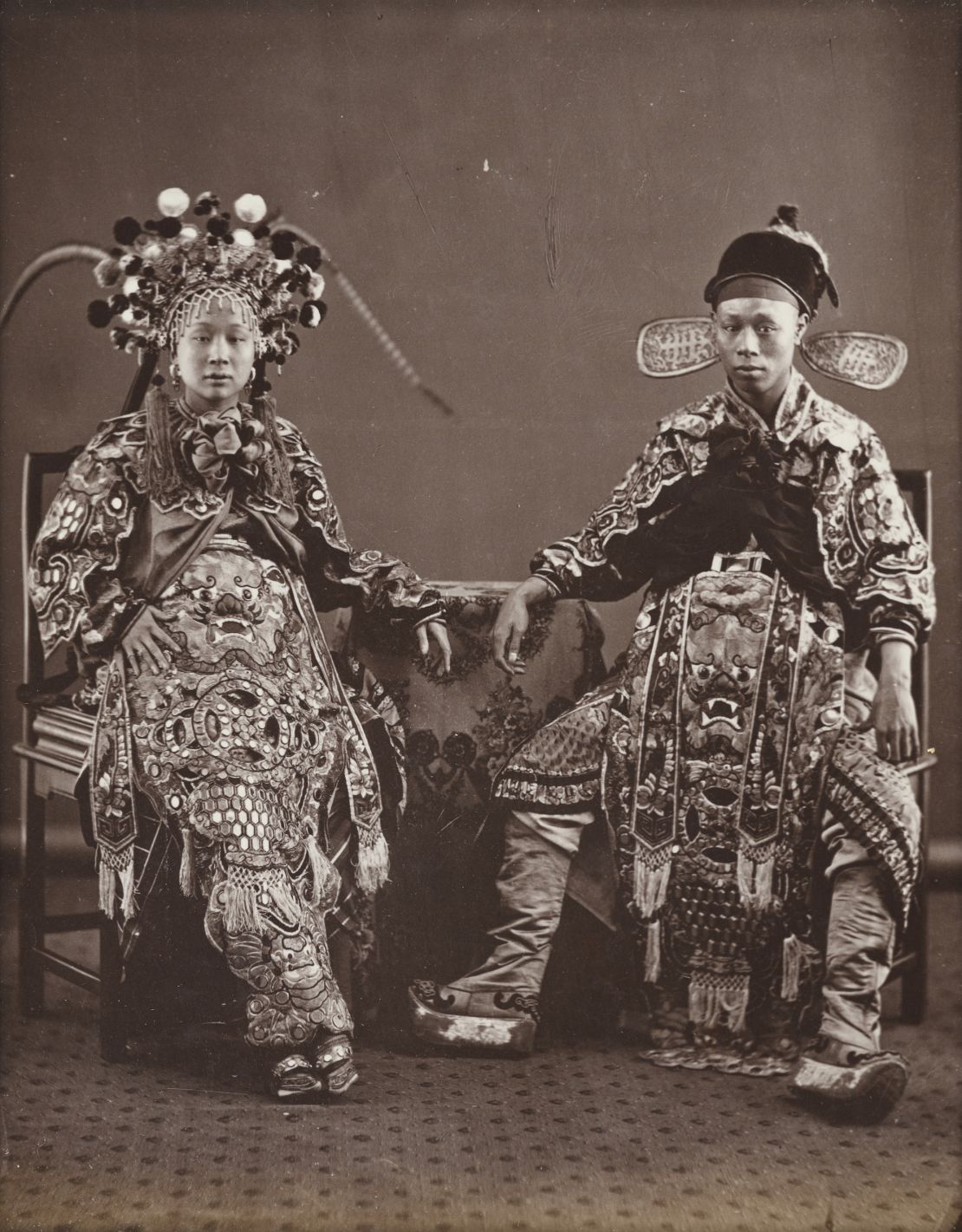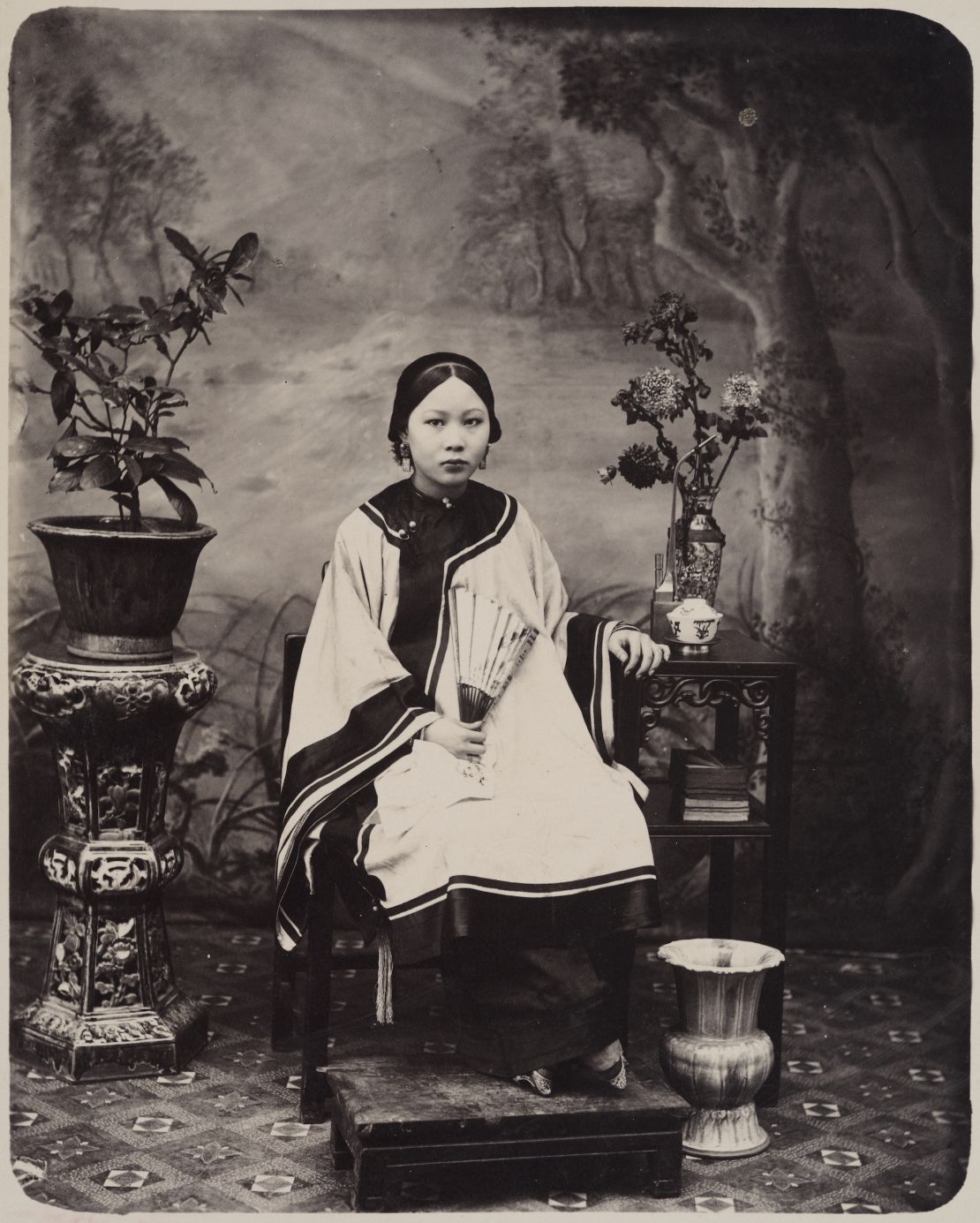Before the arrival of photography, the Western imagination of China was based on paintings, written travelogues and dispatches from a seemingly far-off land.
From the 1850s, however, a band of pioneering Western photographers sought to capture the country’s landscapes, cities and people, captivating audiences back home and sparking a homegrown photography movement in the process.
Among them were the Italian Felice Beato, who arrived in China in the 1850s to document Anglo-French exploits in the Second Opium War, and Scottish photographer John Thompson, whose journey up the Min River offered people in the West a rare look into the country’s remote interior.

These are just some of the figures whose work features in a 15,000-strong photo collection amassed by New York antiquarian and collector Stephan Loewentheil. His 19th-century images span street scenes, tradespeople, rural life and architecture, showing – in unprecedented detail – everything from blind beggars to camel caravans on the?Silk?Road.
A rare book dealer by trade, Loewentheil has spent the last three decades acquiring the pictures from auctions and collectors, both in and outside China. They form what he claims to be the world’s largest private collection of early Chinese photography. (And given the number of artworks and artifacts lost in the country’s turbulent 20th century – during Mao’s Cultural Revolution, in particular – the claim is entirely reasonable.)
In 2018, he put 120 of the prints on display in Beijing for the first time.?The exhibition’s scope ran from the 1850s, the very genesis of paper photographs in China, until the 1880s. It featured examples of the earliest forms of photography, such as albumen print, which uses egg whites to bind chemicals to paper, and the “wet plate” process, in which negatives were processed on glass plates in a portable dark room.

These technological developments heralded the birth of commercial photography in China, as they allowed images to be quickly replicated and spread for the very first time.
“People wanted to bring back great images that they could sell in other places,” said Loewentheil. “People who traveled there, everyone from diplomats and businessmen to missionaries, all wanted to bring home a record of this beautiful culture of China that was so unique.
“Some of them had a market back home, but immediately they found a Chinese love for photography and they developed a strong market inside the country. Chinese photographers (then) picked up on that, and served both markets.”

Chinese pioneers
Despite the prominent role of foreigners in early Chinese photography, Loewentheil’s collection also recognizes the achievements of the country’s own practitioners.
Some purchased cameras from departing Westerners looking to sell their cumbersome equipment, while others took advantage of Chinese innovation in the field, such as mathematician Zou Boqi, who used foreign-made products to design his own glass plate camera.

Having first arrived in port cities, photography spread throughout China in the latter half of the 19th century. This led to the creation of commercial studios specializing in portraits of individuals and families, with many of the pictures later hand-colored by trained painters.
Pioneering figures, like Lai Afong, produced portraits, landscapes and cityscapes that were, in Loewentheil’s eyes, equal in quality to those of their Western contemporaries.
“There is an equality in Chinese photography, and of Chinese photographers, that is not sufficiently known in China,” the collector said. “Some of the very earliest Chinese photographers were brilliant.”
Instead of copying their foreign forebears, China’s photographers were often inspired by their own artistic traditions. Portraits, for instance, were treated more like paintings in their composition and use of light,?Loewentheil said. Sitters were often pictured facing the camera, straight on and wearing little or no expression, with early portraits appearing to “simulate painted Chinese ancestor portraits.”

Images of architecture, meanwhile, embraced the surrounding nature rather than focusing on the buildings in isolation, another divergence from the Western tradition.
“Very often, when we have an unidentified photographer, we have a pretty good idea of whether they’re Chinese or Western,” Loewentheil added.
Preservers of history
Beyond their artistic value, Loewentheil’s images also appear to be of academic interest, with his 2018 exhibition taking place at Beijing’s Tsinghua University, one of China’s leading colleges.
The arrival of foreign technology, including cameras, during the 19th century was just one of the radical changes that would bring the imperial era to an end (China became a republic in 1912 following a four-month revolution). As such, photos from the time capture a world that would quickly disappear from sight.
Take, for instance, the work of Englishman Thomas Child, an engineer who documented the intricacies of China’s traditional architecture. His pictures of Beijing’s Summer Palace, which was subsequently burned down by English and French invaders, offer an invaluable record of its lost architecture.

“Photography is the greatest preserver of history,” Loewentheil said. “For many years, the written word was the way that history was transmitted. But the earliest photography preserves culture in China, and elsewhere, as it had been for many hundreds of years because it was simultaneous with the technological revolutions that were to change everything.”
And while Loewentheil has made a business of collecting, he maintains that the images have been brought together for posterity’s sake. He sees himself as the custodian of a historical archive – one that should eventually return to its birthplace – and he is currently digitizing the collection with a view to creating an online repository for historians and researchers.??
“We really want this to be an asset to the Chinese people, and we’re open to academics or intellectuals who want to study (the photos),” he said.
“My hope is that the collection will end up in China. It’s not for sale, but from a cultural, intellectually honest perspective: It’s something that doesn’t belong with me.”















